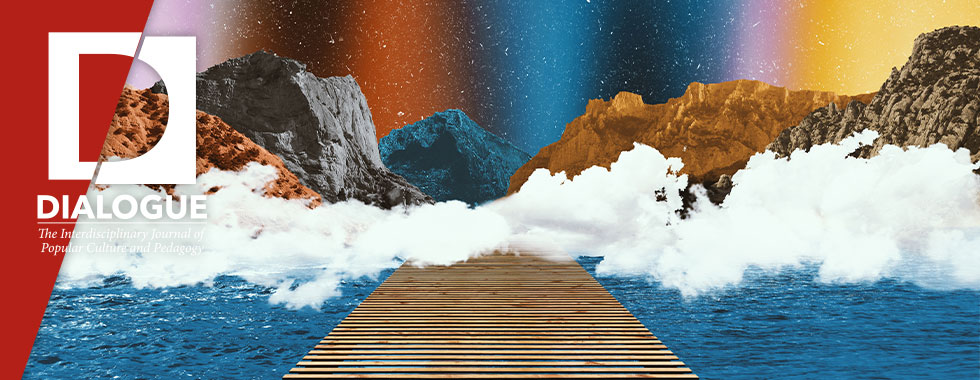Document Type
Article
Abstract
The purpose of this work is to analyze the relation between media convergence and a series of habitual activities of youth groups belonging to fandoms. We have established two pedagogical objectives: on the one hand, to analyze the link between media convergence and the participatory culture of fandoms and postfandoms and, on the other, to learn about the cultural consumption of youth cultures in social media and digital platforms. The activity generated in digital communities by several sectors related to the Afro-Boricua musical genres of bomba and plena have led us to the work of cultural ambassadors who circulate and promote digital information via fan pages and allow us to study how offerings for in-person musical-dancing classes with virtual support are divulged.
The production of digital content has led to the creation of virtual learning spaces in which a unique identity and representation is forged for the development of fandoms and postfandoms. These emerging activities from the musical genres of bomba and plena have been exempted from commercial representation in traditional media outlets, and it is through digital media that they have gained a place. They are most present in the social media platforms of Facebook, Instagram, and YouTube, and their content shows the interfaces between communication channels, bringing to the fore the identities of young people and their commitment to these Puerto Rican musical-dancing genres.
The use of ethnographic and netnographic methods are applied to a pilot sample of cultural events announced in cyberspace and organized through social media and digital platforms. Finally, the article argues that the growing number of cultural activities offered in various formats—in-person, virtual, and streaming—allow both musical genres to secure their place.
Recommended Citation
Rivera-Hernández, Mariely
(2024)
"Fandoms, Postfandoms in the Convergence of Digital Media: A Case Study of Youth Cultures from Two Afro-Boricua Musical Genres,"
Dialogue: The Interdisciplinary Journal of Popular Culture and Pedagogy: Vol. 11:
Iss.
3, Article 5.
Available at:
https://digitalcommons.unl.edu/dialogue/vol11/iss3/5

